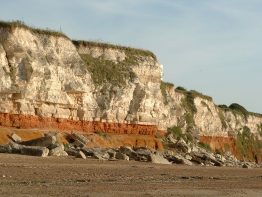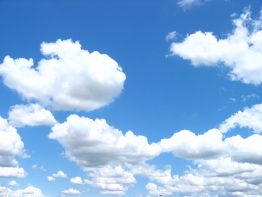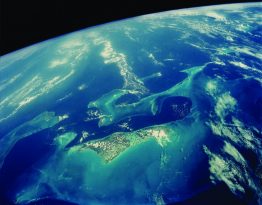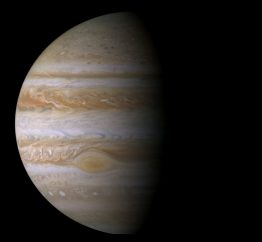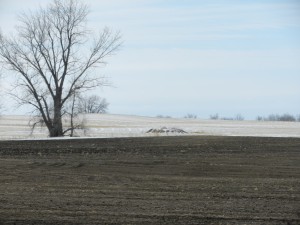Each week we share the latest peer-reviewed publications coming from the College of the Environment. Over the past week, ten new articles co-authored by members of the College of the Environment were added to the Web of Science database, including studies on light absorption in snow and ice, gene expression in Pacific Oyster, and more. Check them out!
Read more »Ecotourism, blue whales vs. ships, earthquakes and more: This week's published research
Each week we share the latest peer-reviewed publications coming from the College of the Environment. Over the past week, five new articles co-authored by members of the College of the Environment were added to the Web of Science database, including studies of the 1964 Great Alaska earthquake, ship strikes on blue whales, and more. Read on!
Read more »The 2011 wildfire season, plant and soil diversity, shark mechanics and more: This week's published research
Each week we share the latest peer-reviewed publications coming from the College of the Environment. Over the past week, fifteen new articles co-authored by members of the College of the Environment were added to the Web of Science database, including black carbon in the snows of central North America, sandy beach science, six centuries of changing ocean mercury, and more. Read up!
Read more »Albatrosses in the Bering Sea, regime shifts and fisheries management, resource subsidies for predators, and more: This week's published research
Each week we share the latest peer-reviewed publications coming from the College of the Environment. Over the past week, twenty-three new articles co-authored by members of the College of the Environment were added to the Web of Science database, including studies of cloud properties in the Southern Ocean, embracing thresholds and regime shifts, fall spawning of cutthroat trout in the Elwha, and more. Read up!
Read more »Epic survey finds regional patterns of soot and dirt on North American snow
Snow is not as white as it looks. Mixed in with the reflective flakes are tiny, dark particles of pollution. University of Washington scientists recently published the first large-scale survey of impurities in North American snow, to see whether they might absorb enough sunlight to speed melt rates and influence climate. The results, published in the Journal of Geophysical Research, show that North American snow away from cities is similar to Arctic snow in many places, with more pollution in the U.S.
Read more at UW Today »
